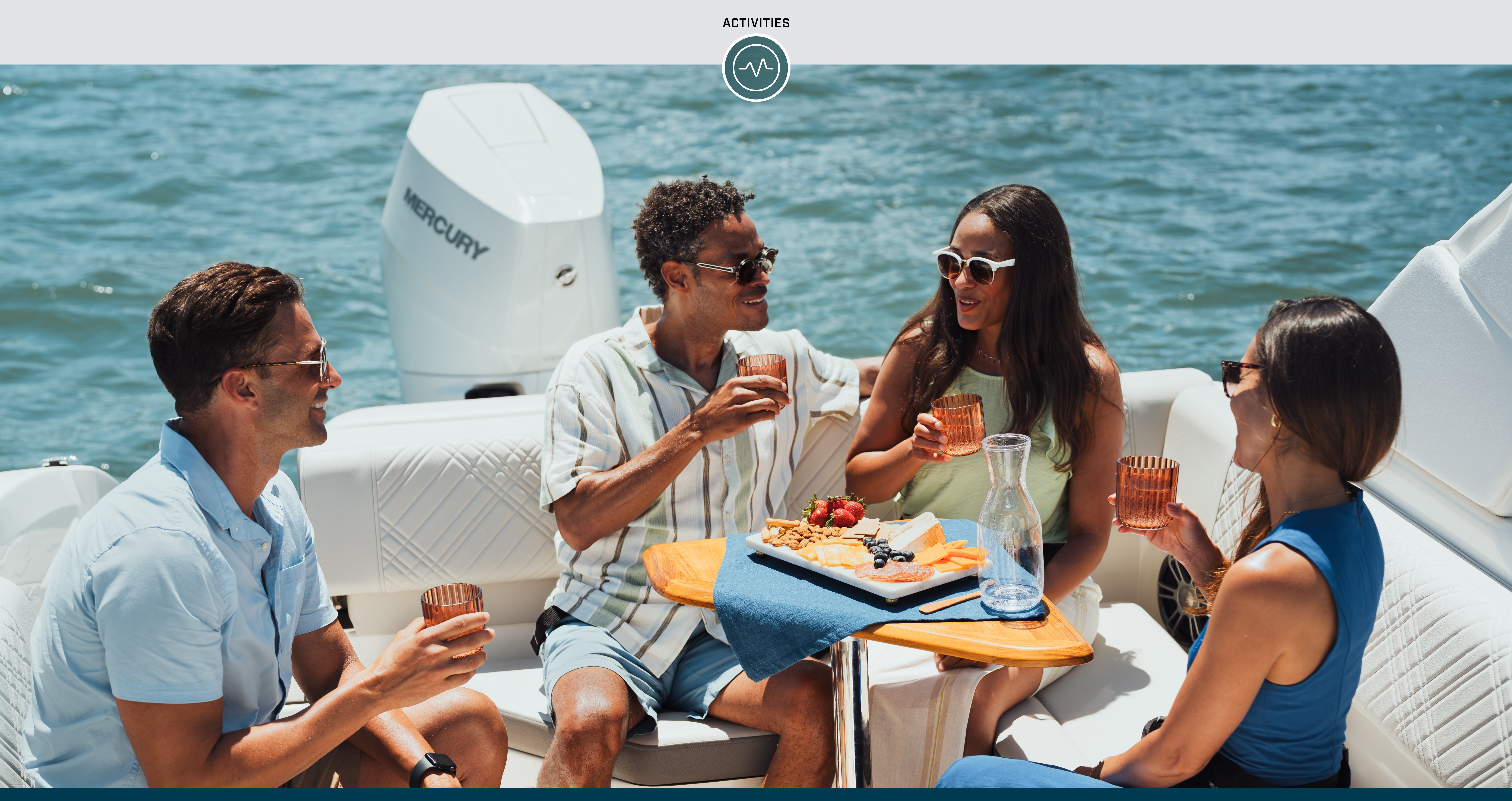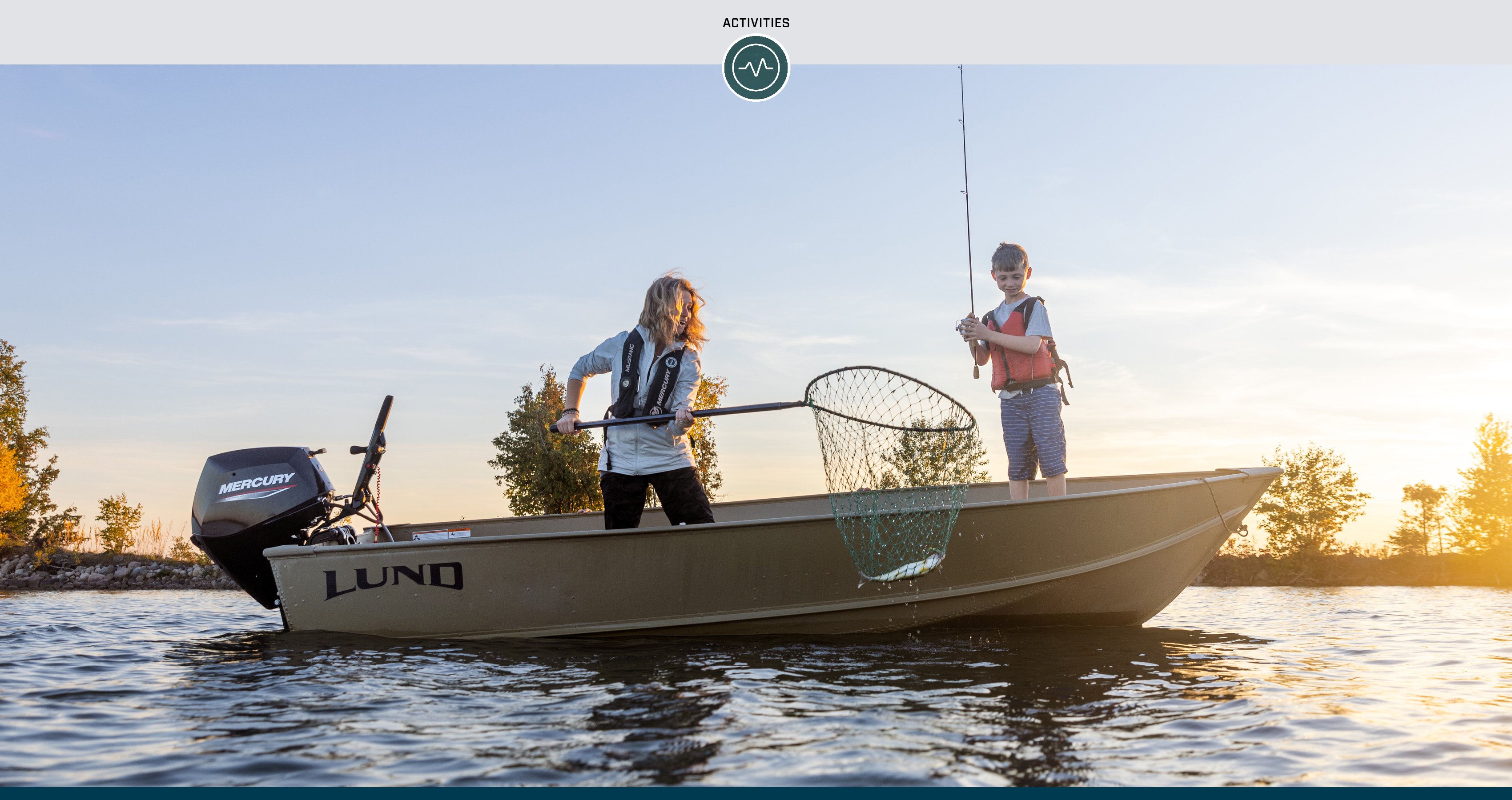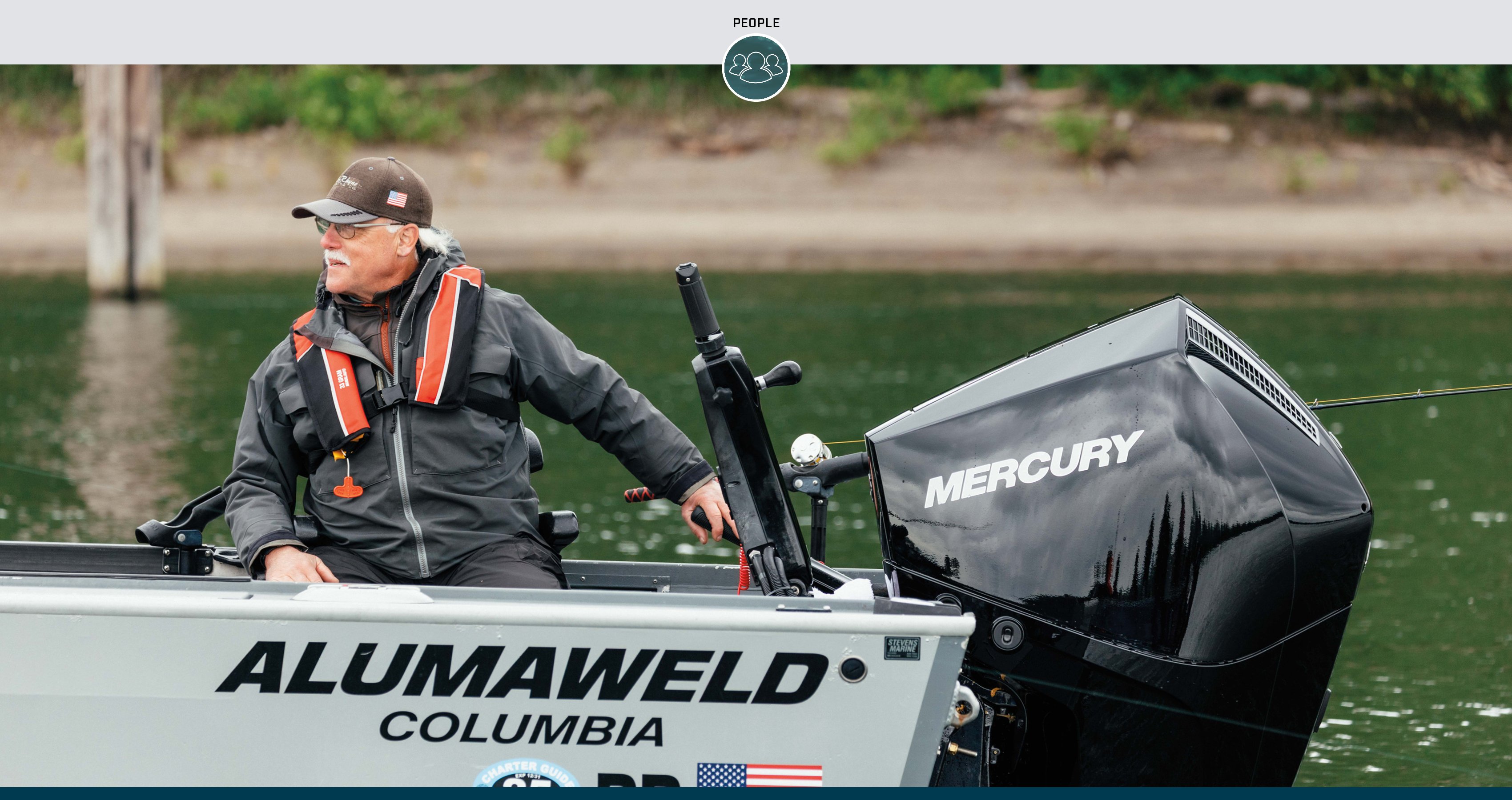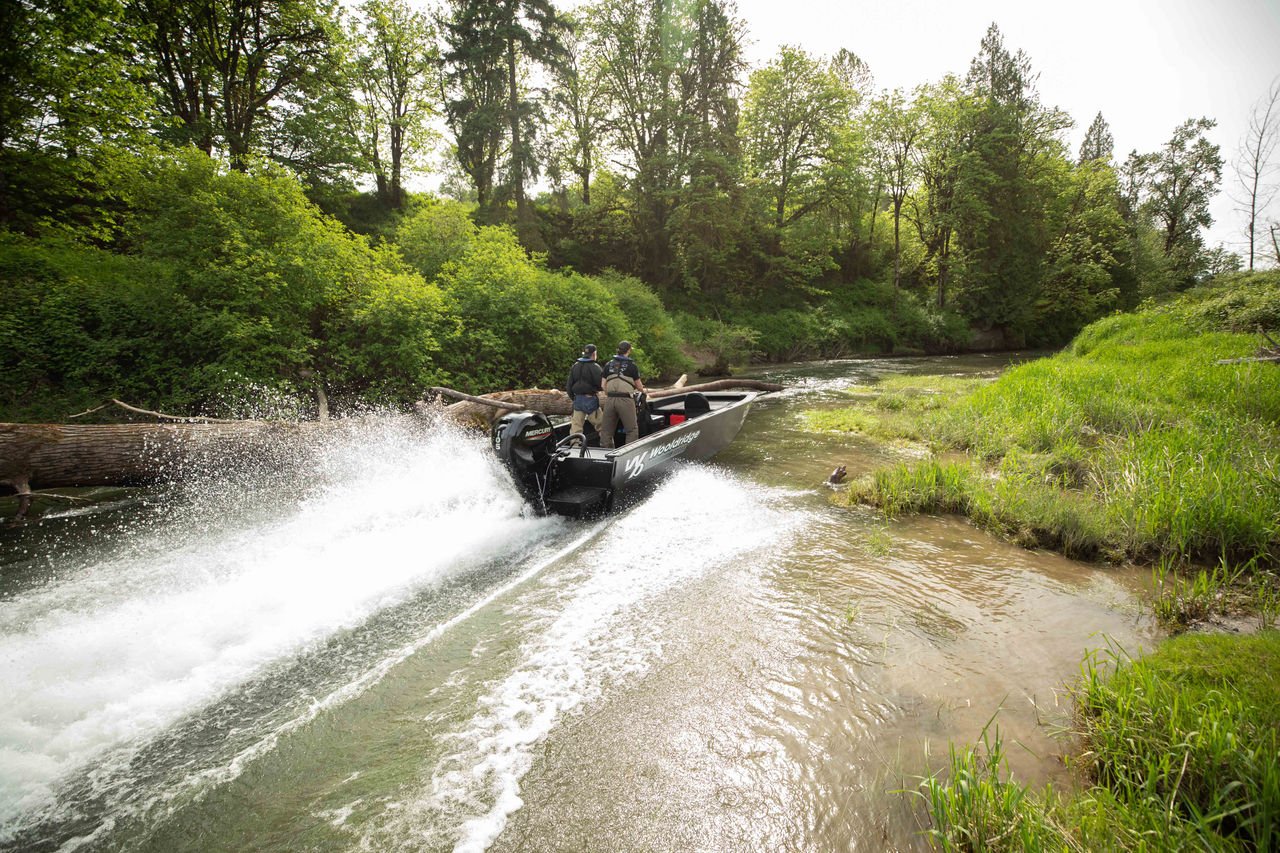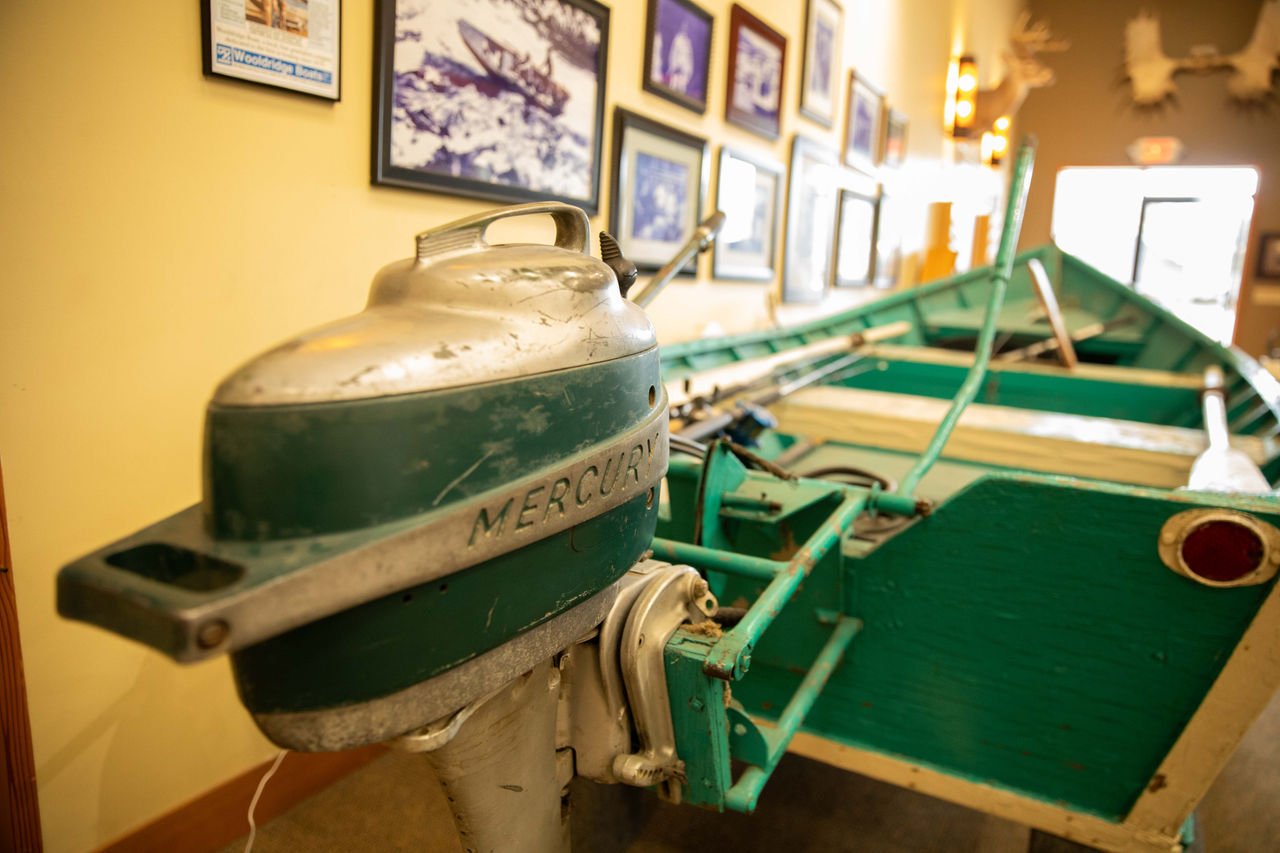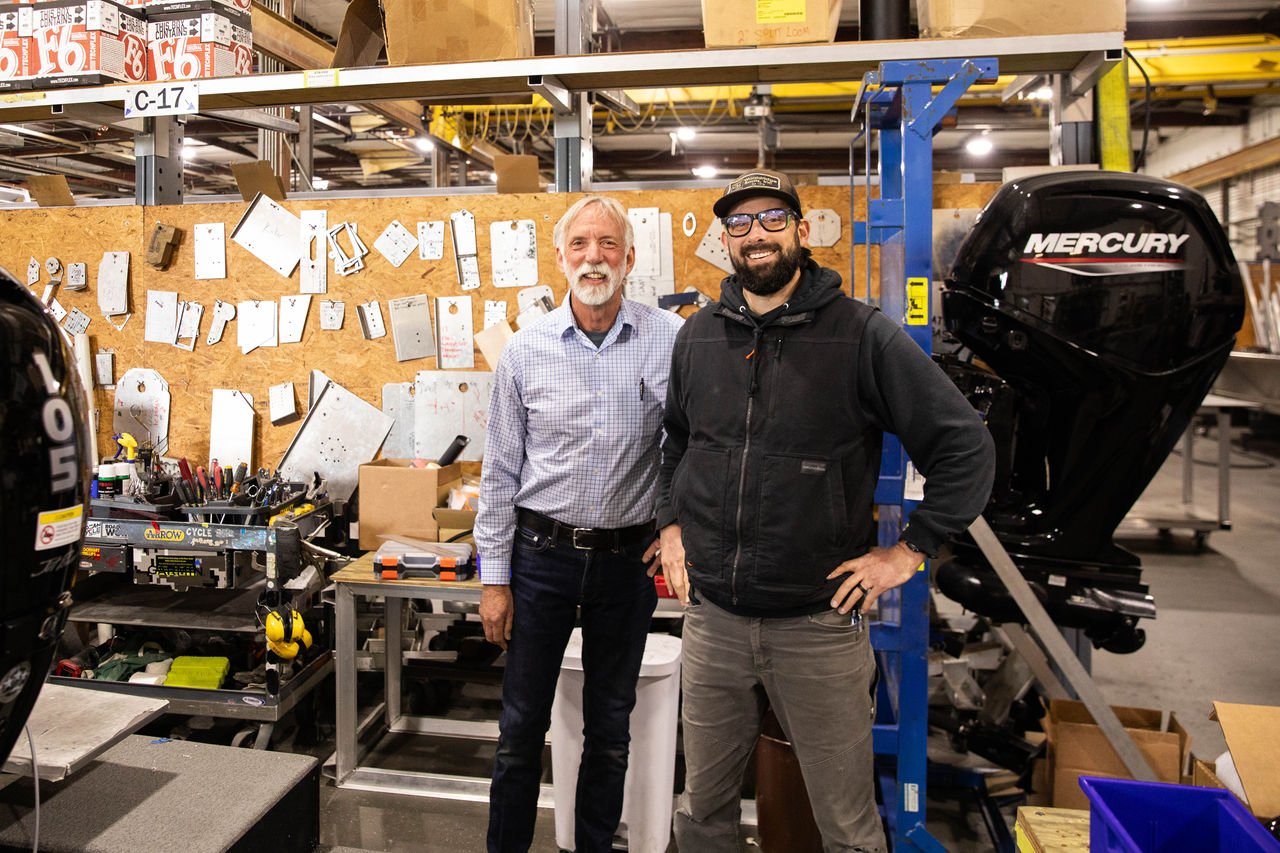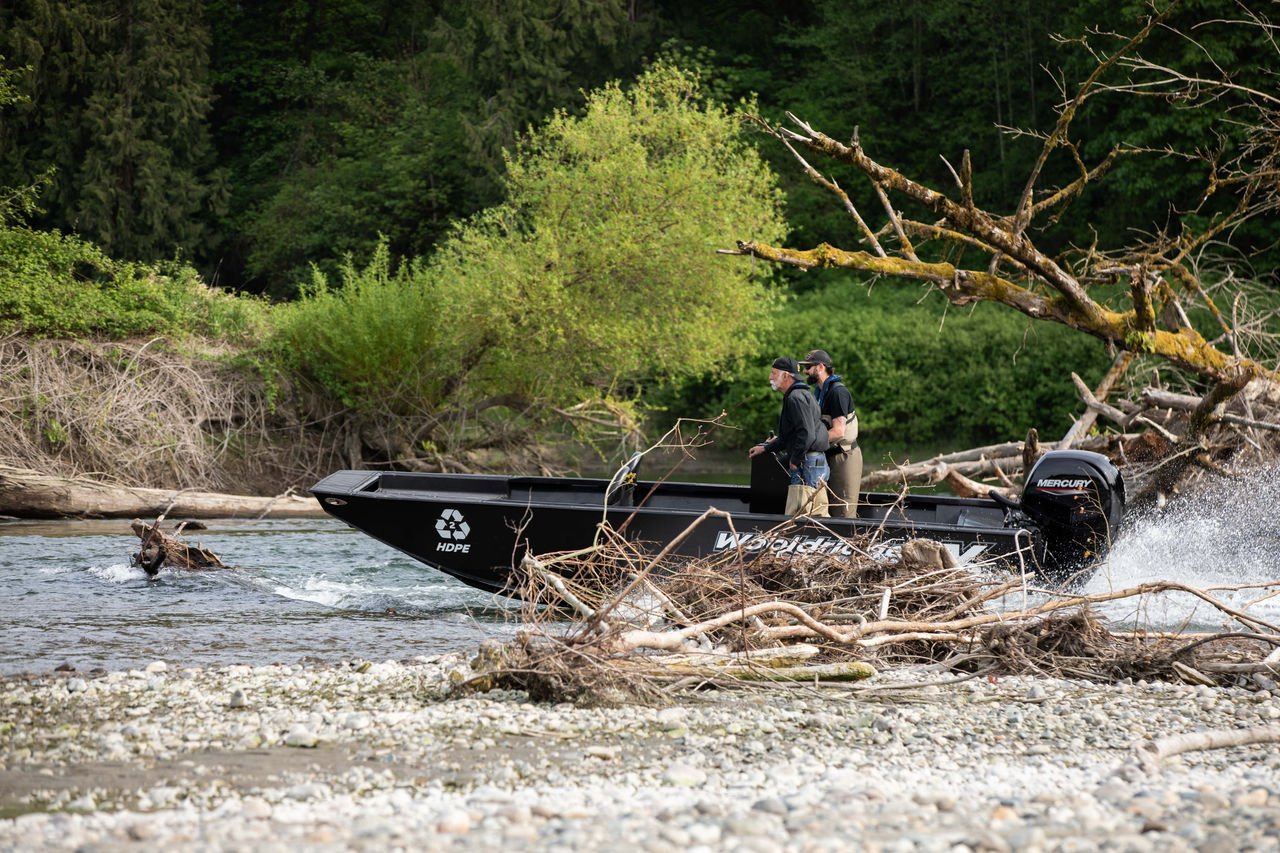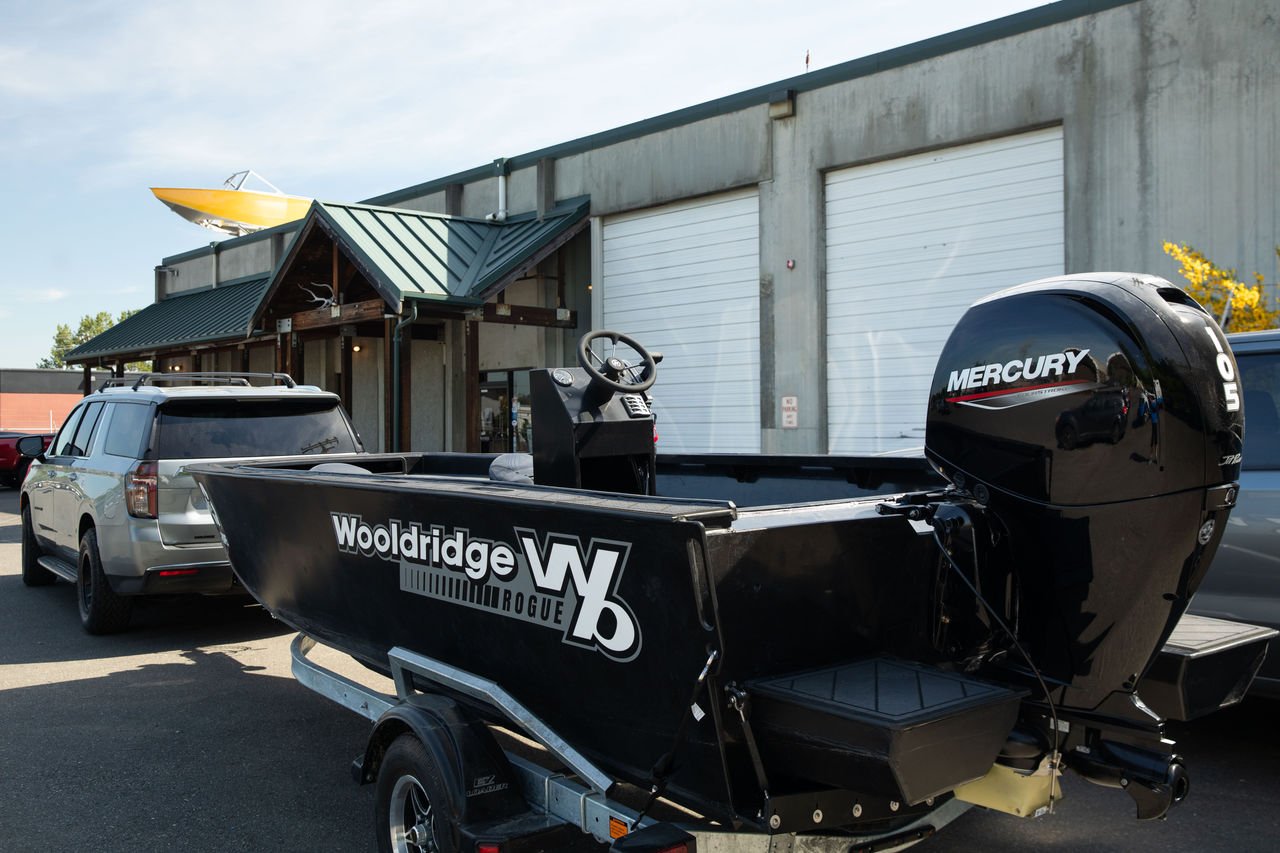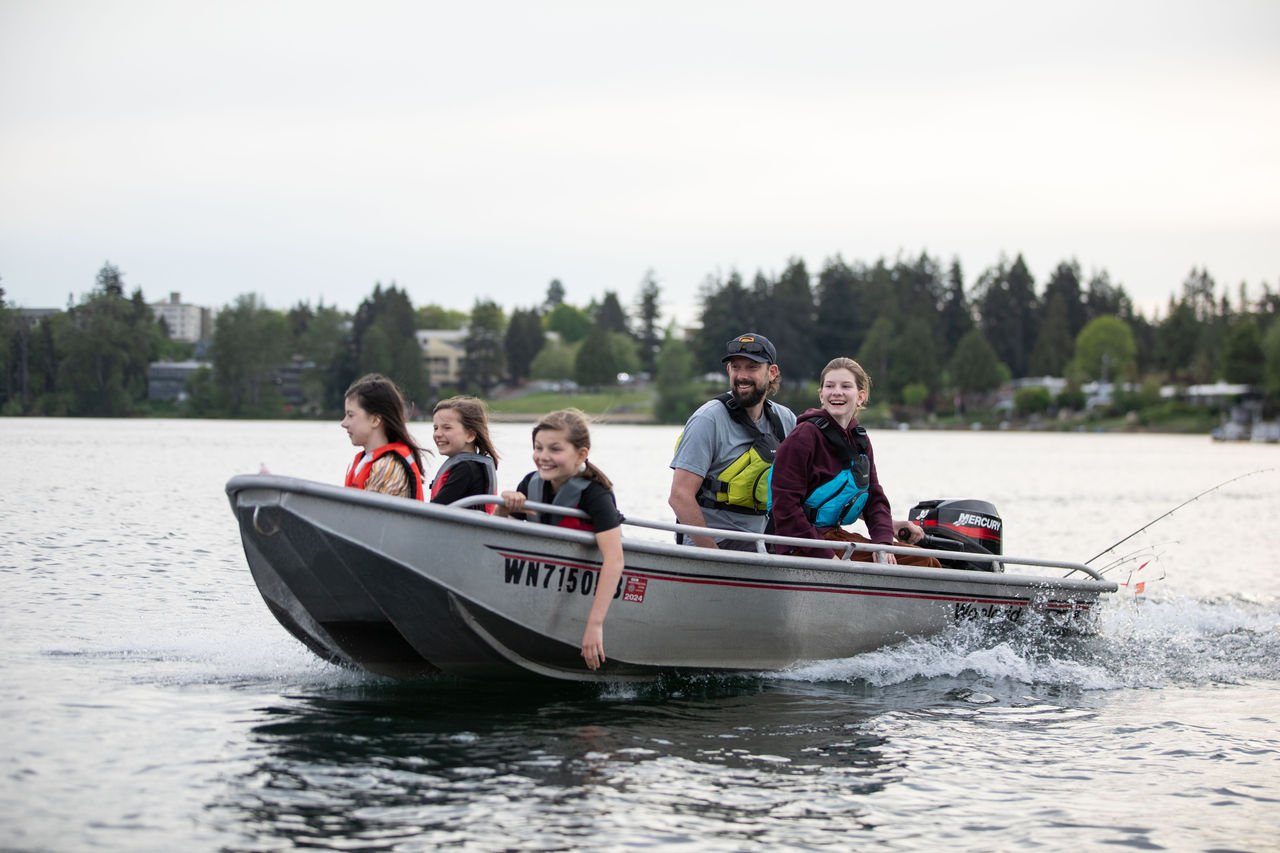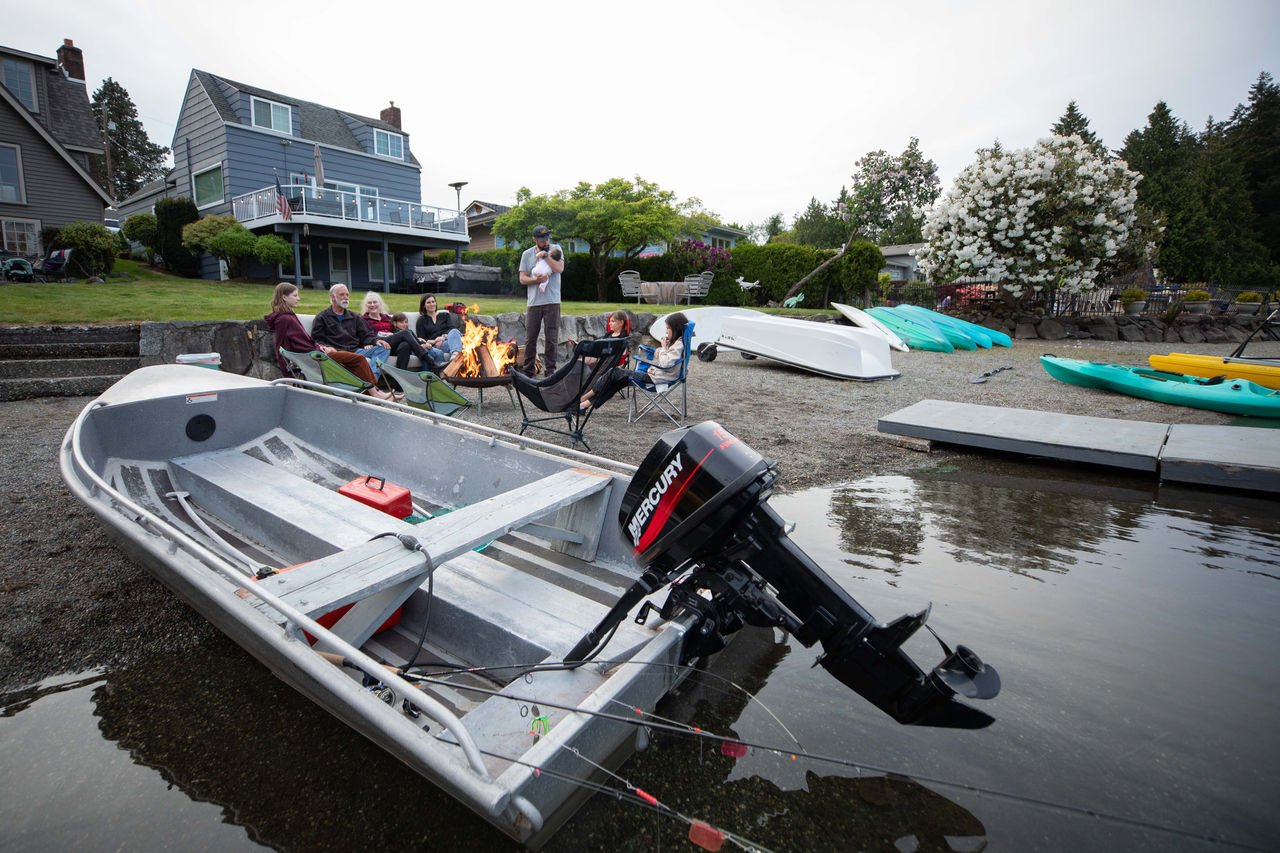If there’s a genetic code for “boat builder,” it runs deep in the Wooldridge family. For four generations, their name and the Wooldridge Boats brand have been synonymous with river running in the West. From the Snake and Rogue to the Fraser, Yukon and Klamath, the Wooldridge family and their devoted customers have been conquering legendary rivers since 1915.
This week, as we prepare to celebrate Father’s Day, we offer a look at how this powerful marine industry legacy has been handed down from one father to the next, passing with it a shared love for the outdoors, family, faith and a tireless spirit for wild waters.
Early Challenges on the Rogue
The family’s river-running legacy began in 1915, when Glen Wooldridge, who lived in Grants Pass, Oregon, made the first descent down the formidable Rogue River in a boat he constructed with a friend. In those early days, they would portage their homemade river boats around impassable rapids like Rainy Falls and Blossom Bar so they could continue the journey downstream, hunting and fishing along the way. Eventually, Glen grew tired of portaging their heavy wooden-planked boats. With boat building advancements still in their infancy, he devised the best solution he could at the time: blasting bedrock and boulders out of the river with dynamite to clear the way.
That unwillingness to bow to a challenge would come in handy as the Wooldridge clan grew. In 1924, Glen and his wife, Eva, welcomed their first son, Robert (Bob). Younger brother Bruce was born in 1928. Times were tough then, and Glen used his fishing and hunting skills to put food on the table.
The Great Depression further pressed many Americans, Wooldridges included. And then, heartbreak struck. Eva succumbed to cancer in 1932. With little to no means to support a family of three, Glen attempted to send Bruce and Bobby to live with family in northern California. Only 8 years old at the time, Bobby refused. He chose to stay by his dad’s side and live a life of adventure on the river. And adventure he would have.
Building a Legacy Against the Current
Glen opened a small shop in Grants Pass, where he built river boats to provide transportation for his river guiding business and customers that were brave enough to run the river on their own. The shop was only open when he was there. Otherwise, he was on the water, with Bobby riding shotgun down the river.
Countless days on the treacherous Rogue helped Glen hone his boat designs, until he found a new challenge. Tired of only going down the Rogue River, he schemed a plan to run upstream. In 1947, Glen made the first-recorded upstream run of the Rogue in a homemade 20-foot river boat powered by a 25-horsepower outboard. Because there were no jet pumps in those days, it was prop-driven engine. A year later, he accomplished the same milestone on the treacherous Snake River in Idaho.
His feats fueled Glen’s reputation as an adventurer and innovator, and the industry took notice. In 1951, Mercury Marine filmed a movie with Glen featuring one of his river boats running up the Rogue propelled by a Mercury outboard.
New Roots in Seattle, Same River Spirit
Second son Bob was also finding his way to the marine industry around this time. He’d relocated to Washington in 1949, working jobs in the tire industry in Seattle and Redmond. Bob and his wife, Ann, welcomed son Glen – named for his grandfather – in 1954.
By the 1960s, Bob’s early days on the river with his father began to creep back into his life when he started tinkering with aluminum jet sled and drift boat designs in his spare time. This was a formative era for anglers in the Pacific Northwest, as the popularity of salmon and steelhead fishing surged throughout the 1960s and ’70s. From Washington to Alaska and down through Oregon, anglers needed jet boats to reach fish-rich rivers and remote waters.
Back in Grants Pass, Glen, Bruce and two of Glen’s grandsons were building a line of aluminum boats to meet the growing demand, and Bob was hauling their drift boats back to Seattle to sell. On one of these trips, around 1973, he showed up at the shop and presented them with a wild idea: What if he opened his own Wooldridge boat shop in Seattle? While they may have doubted him, they agreed.
Bob returned home, rented a ramshackle building in south Seattle and off he went building river boats. Eventually, the younger Glen came to work as a talented welder. He built the boats alongside a dedicated crew in the shop, and Bob sold them. Things escalated from there, and the company expanded into a commercial building that became the first real home of Wooldridge Boats in Seattle, where they built inboard jet boats, outboard jet boats and drift boats.
